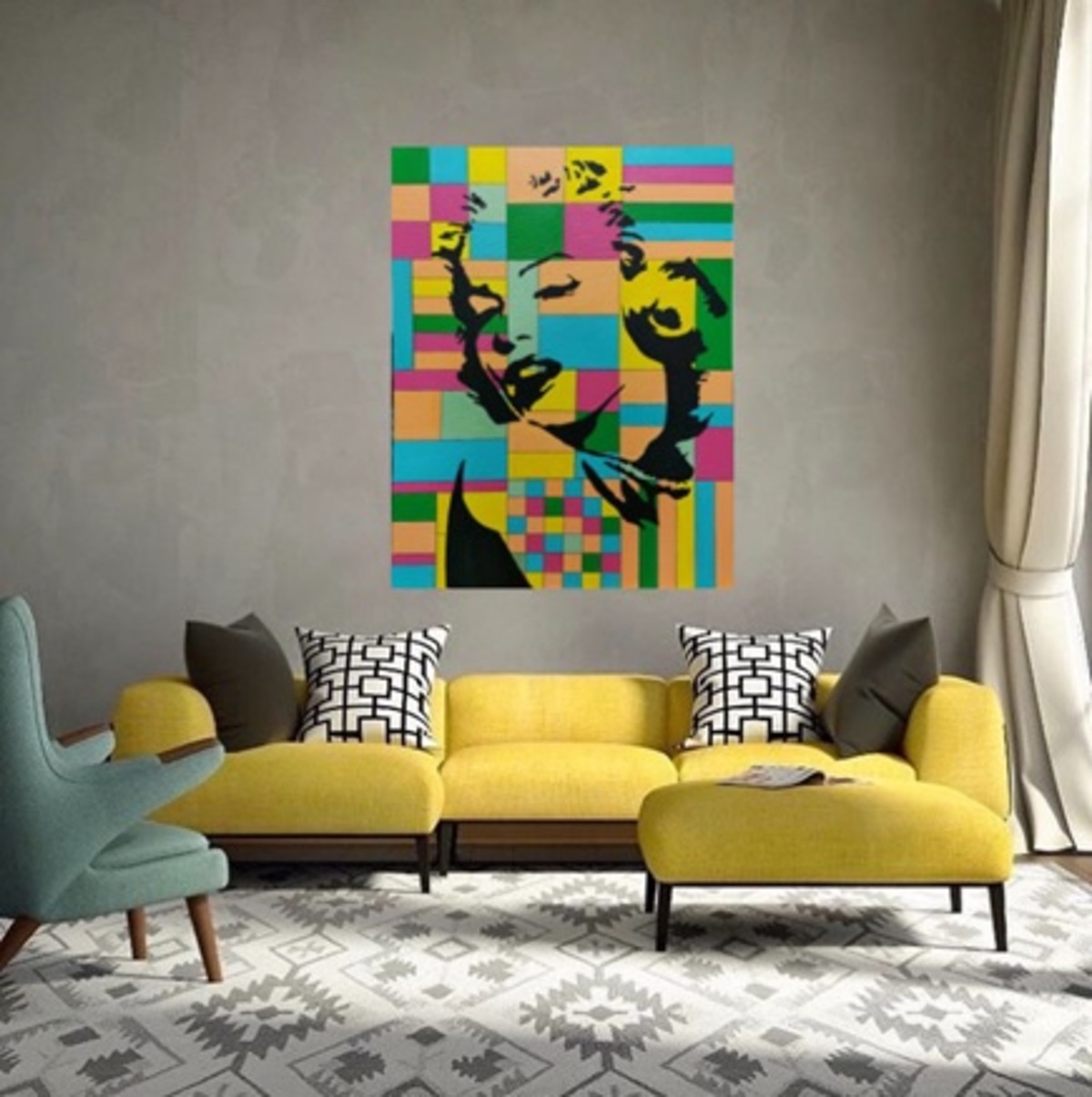
Pop art is a provocative and daring, bold and colourful interior style. Photos: Shruti Vij
Pop art interior design blends unconventional shapes, expressive colours, and iconic imagery to create spaces that infuse high spirits into everyday living
Pop art is a provocative and daring, bold and colourful interior style. The concept of pop art refers not as much to the art itself as to the attitudes that led to its creation. The pop art style is characterised by unconventional shapes, expressive colours, and unique details. This style infuses the interiors with bright emotions, creating an extraordinary atmosphere of high spirits. The wave of feelings, energy, richness of colours and distinctive forms are the hallmarks of pop art in the interior design.
Pop art interior design style is very emotional and energetic, making it particularly appealing to young people who are ready to live in perpetual motion. Pop art has left its mark everywhere, inspiring people worldwide, especially accomplished interior designers. A significant part of this style gained prominence after the works of Andy Warhol became an essential element of modern Pop Art interiors.
Pop art emerged as an art movement in the mid-20th century; it can be traced back to the 1950s when a group of avant-garde artists dared to challenge the traditional boundaries of art by embracing the vibrant imagery of popular culture. This revolutionary art form, which found its roots in the post-war consumerist society of the United States and Britain, sought to blur the lines between high and low culture, elevating ordinary objects and mass-produced items to the realm of fine art.
Halls adorned with vivid hues such as electric blue, fiery red, and sunshine yellow became emblematic of the movement, creating a visual atmosphere that was at once lively and provocative. These bold colour choices served as a direct challenge to the muted palettes of traditional interior design, injecting a sense of energy and excitement into living spaces.
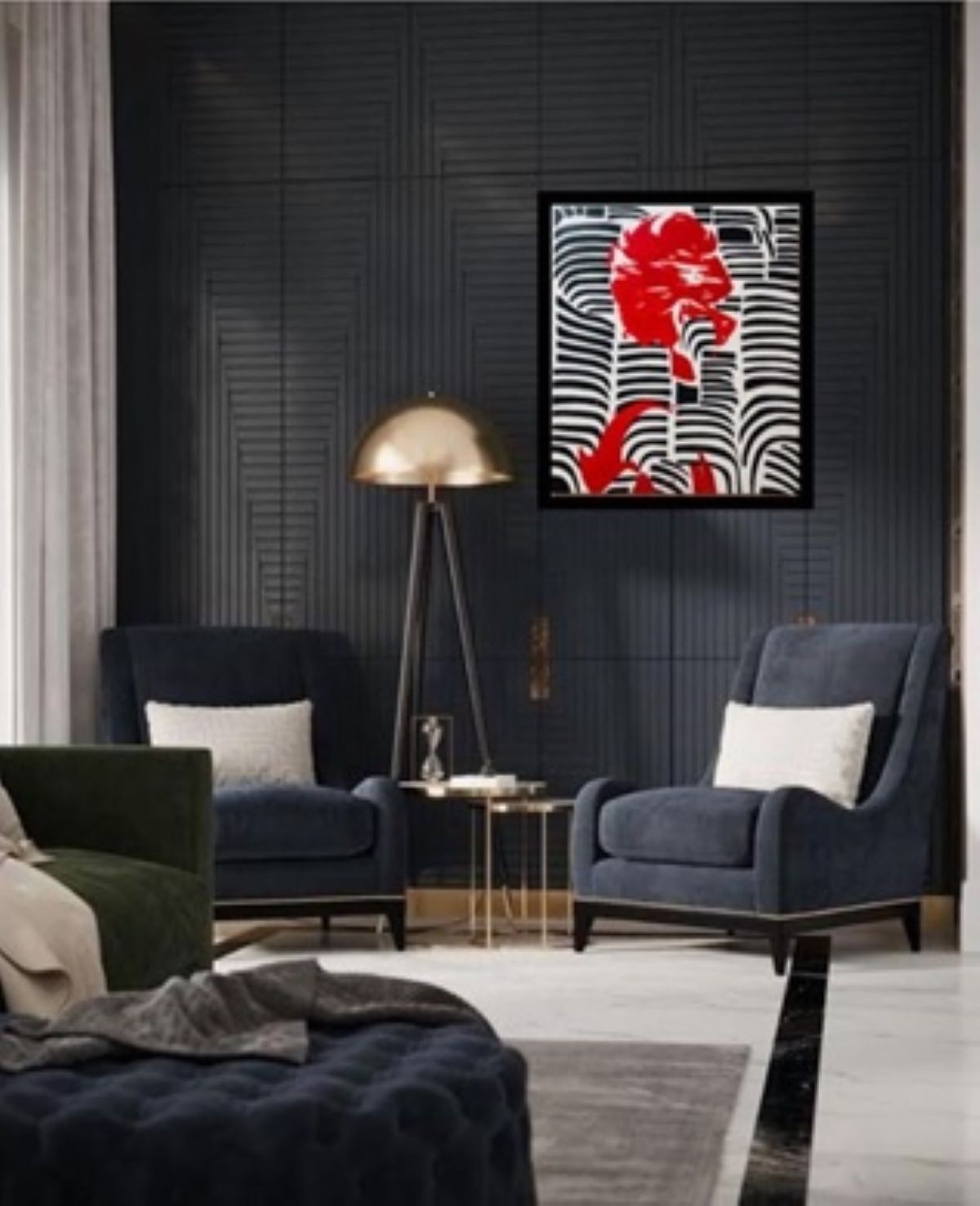
Pop art’s love for everyday objects also found its way into home décor, as household items and furniture became canvases for artistic expression. Chairs, sofas, and coffee tables were often upholstered or adorned with pop art-inspired patterns and prints, turning functional pieces into conversation starters and works of art in their own right. The idea was to blur the lines between art and functionality, transforming the mundane into the extraordinary.
Perhaps one of the most recognizable elements of pop art in interior design is the use of iconic imagery. Posters, prints, and artworks featuring the likes of Marilyn Monroe, Elvis Presley, and comic book heroes became ubiquitous in pop art-inspired interiors, not only as decorative elements but also as statements of cultural relevance and rebellion. These images, often rendered in a stylized and bold manner, served as focal points, drawing the eye and inviting conversation.
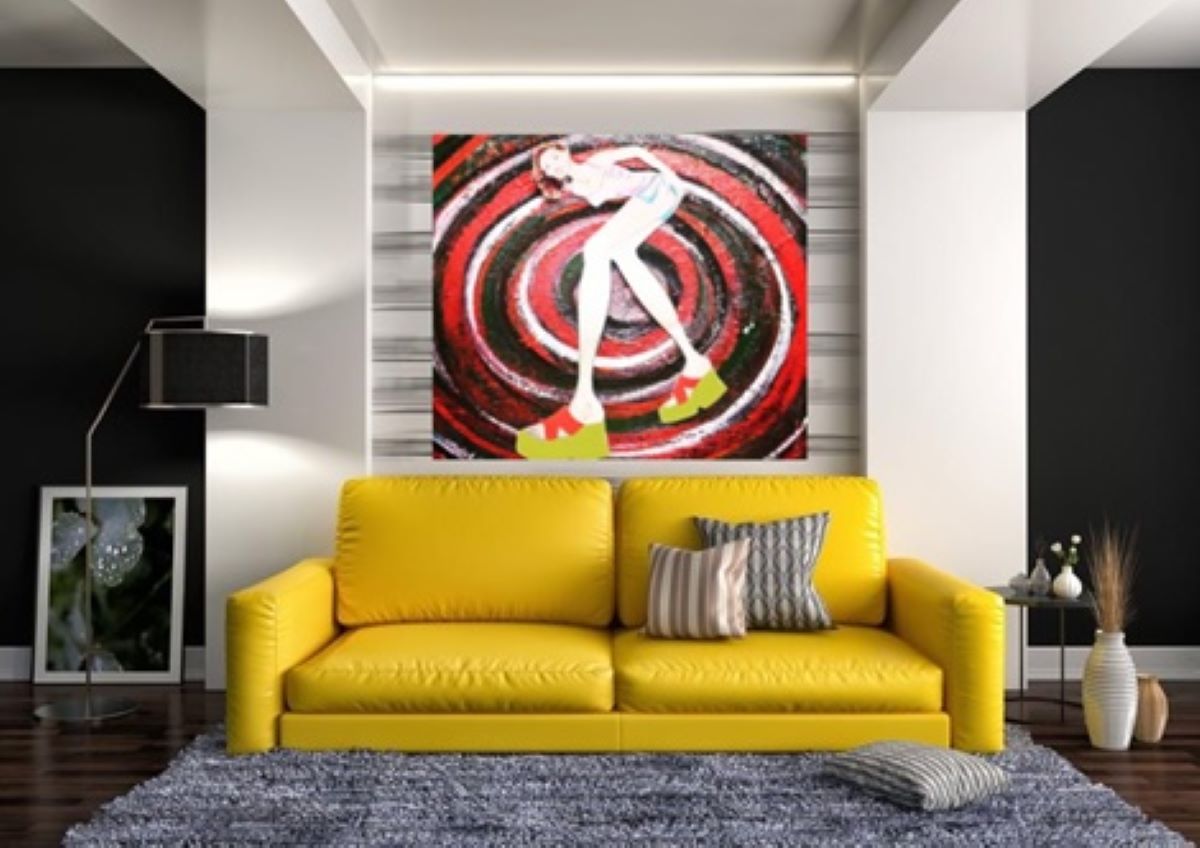
The movement’s origins can be attributed to artists like Richard Hamilton, Eduardo Paolozzi, and the iconic duo of Jasper Johns and Robert Rauschenberg, who laid the conceptual foundation for pop art. However, it was the irreverent and charismatic Warhol who would come to embody the spirit of pop art and propel it to international acclaim. Known for his fascination with celebrity culture and consumer products, he became a leading figure in the pop art movement during the 1960s. His iconic paintings of Campbell’s soup cans, Marilyn Monroe, and Elvis Presley, among others, not only celebrated the prosaic but also offered a critical commentary on the commodification of fame and consumerism in American society.
Pop art was characterized by its bold use of colour, appropriation of advertising and media imagery, and a sense of irony and detachment. Artists like Roy Lichtenstein used the visual language of comic books, reinterpreting comic strip panels and Ben-Day dots into monumental canvases that challenged traditional notions of artistic expression. This fusion of high and low culture not only resonated with a changing society but also ushered in a new era of artistic exploration.
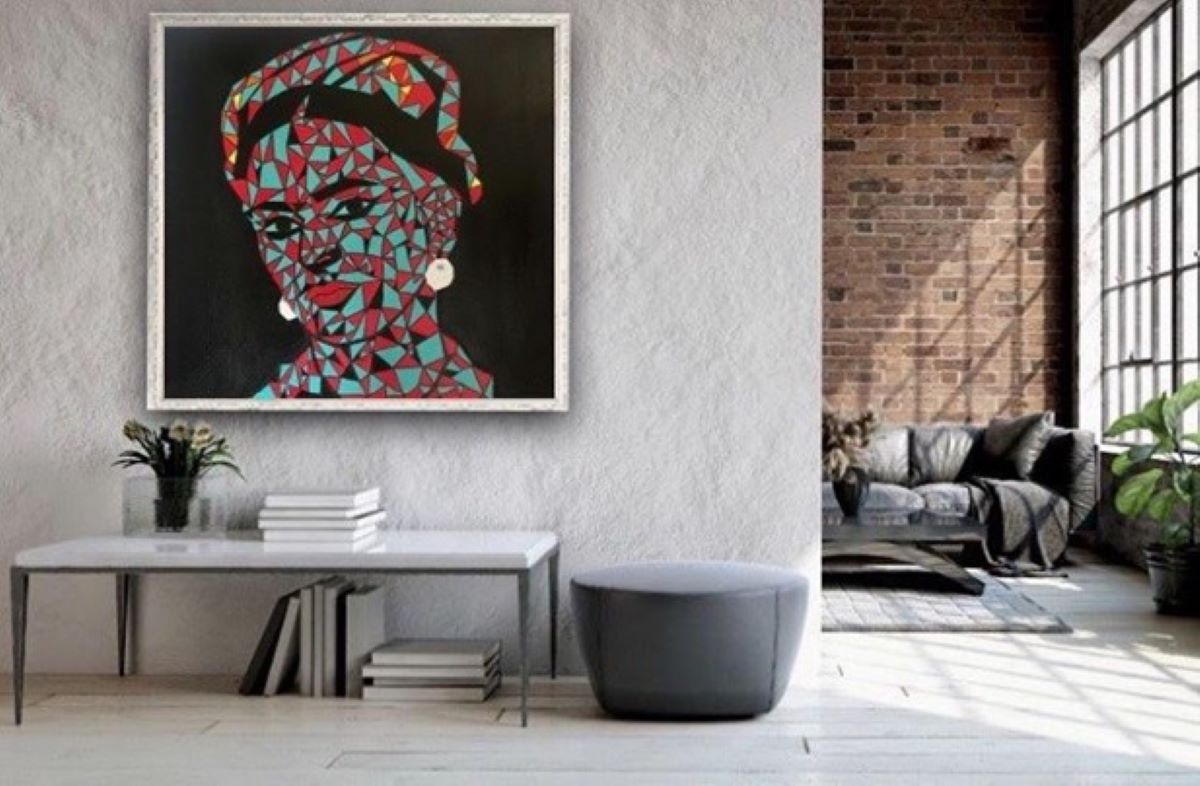
The movement extended into music, fashion, and popular culture at large. The Beatles’ iconic album cover for Sgt. Pepper’s Lonely Hearts Club Band, designed by Peter Blake and Jann Haworth, was inspired by pop art. The fashion industry also lapped up pop art aesthetics, with designers like Mary Quant incorporating bold graphics and playful patterns into their clothing lines, revolutionising the way people dressed. Soon, artists in different countries took a shine to its principles. In Japan, the ‘Neo-Dada’ movement, featuring artists like Yayoi Kusama, combined elements of pop art with a distinct Japanese sensibility. In Latin America, figures like Fernando Botero and Antonio Berni incorporated pop art techniques into their work while addressing unique regional issues.
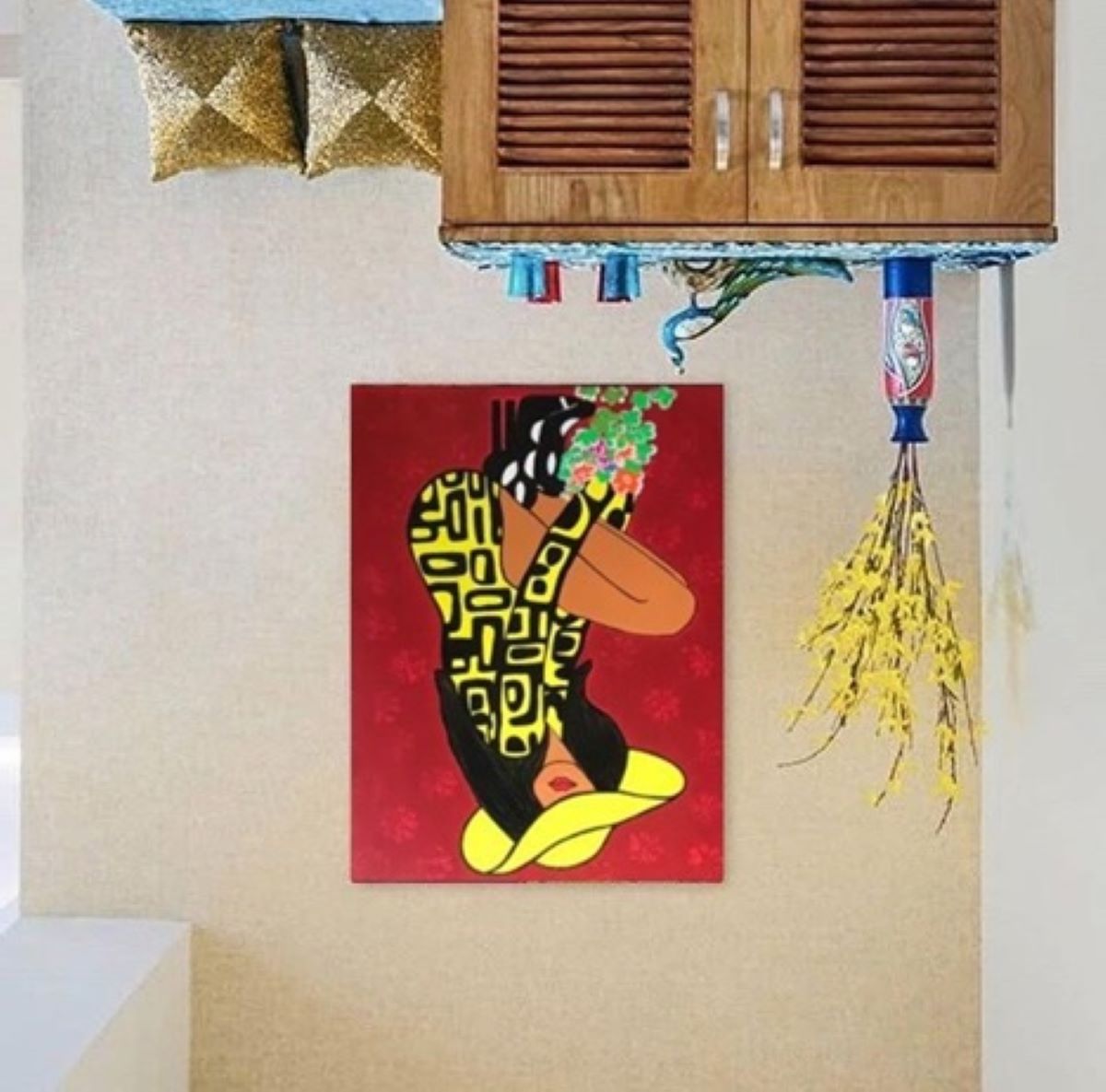
The Influence of Pop Art on Design
Pop art and design were intertwined from the beginning. Since the brightly coloured visuals of pop art originated in commercial graphics, it was a matter of time until its aesthetics started to influence other design areas. Pop art was treating art as a business — so both the artists and the designers influenced by them wanted to create something appealing and commercially successful. Today, we can find its traces in many different art forms: fashion, contemporary product and package designs, decorative elements and even photography.
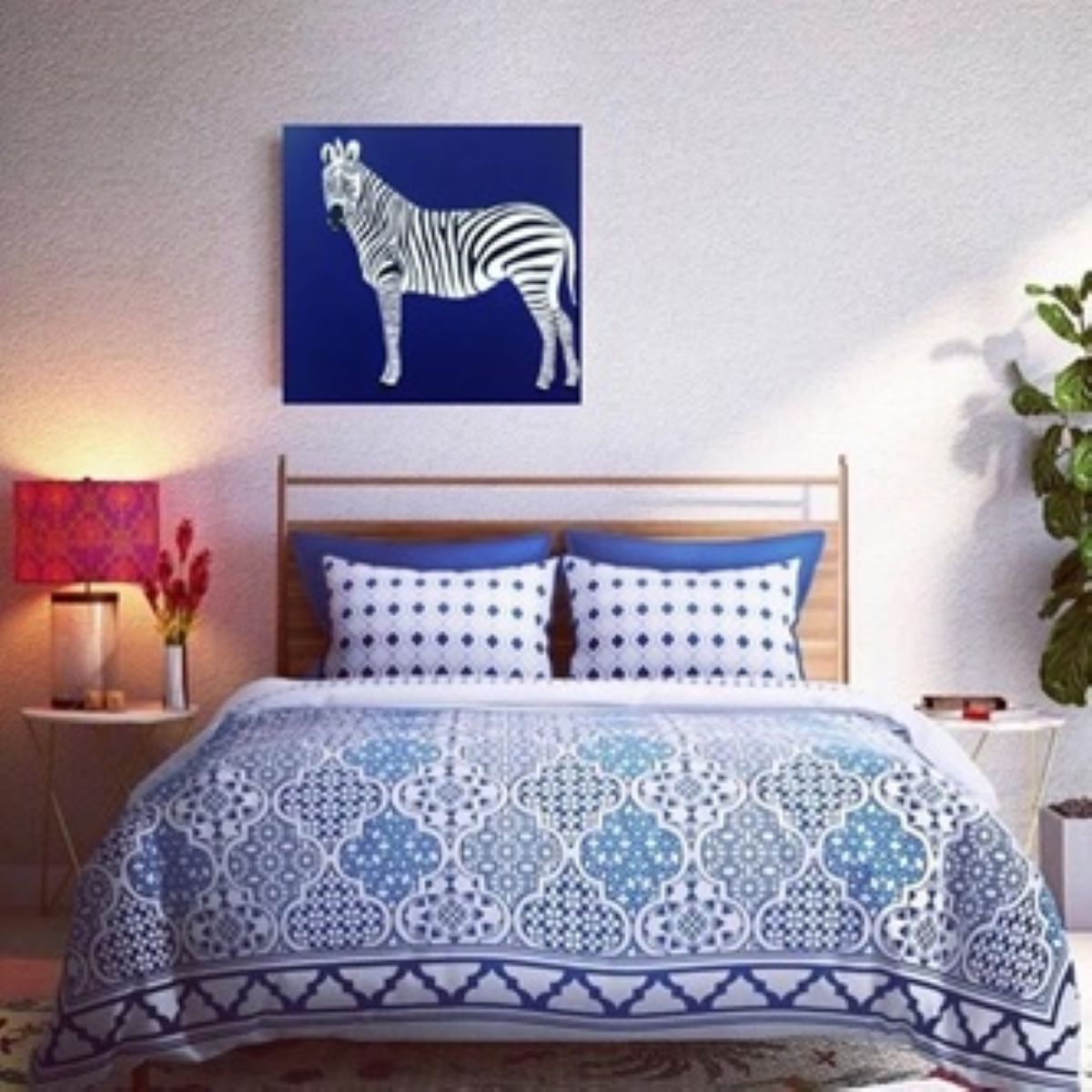
The pop art style is in demand, especially among young and creative individuals. These interiors are for people who defy stereotypes. Pop art interior design is all about expression, freedom of thought, and independence from mainstream opinions. We always appreciate interior designs that incorporate a touch of pop art. While the pop art movement had its heyday during the 1960s, its legacy endures in contemporary art. Pop art’s exploration of consumer culture, mass media, and the power of images continues to resonate with artists who navigate the digital age and its onslaught of visual stimuli. Today, pop art remains a vital and influential force in the ever-evolving landscape of artistic expression, a testament to its enduring relevance and power to captivate and challenge our perception of the world around us.
More from Culture
Comments
*Comments will be moderated






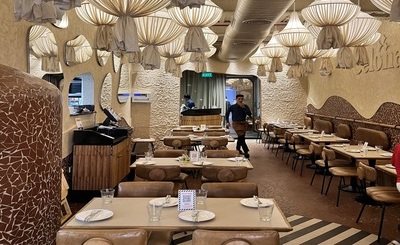
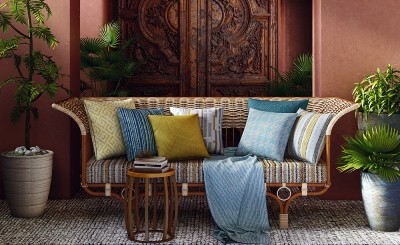


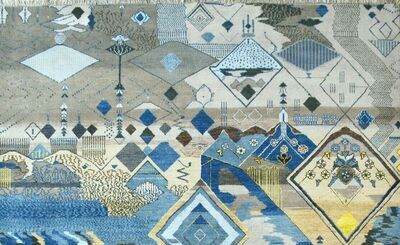
THUMBS.jpg)